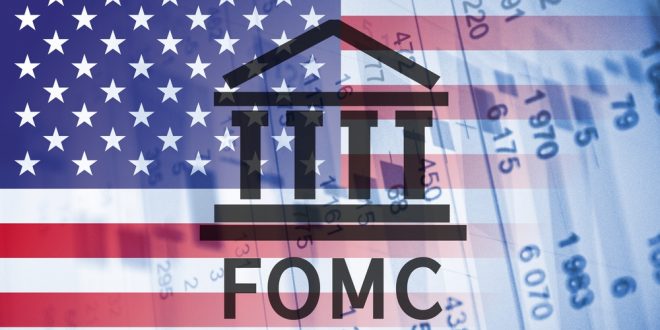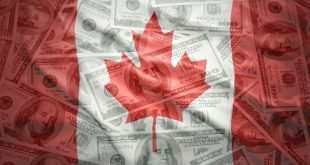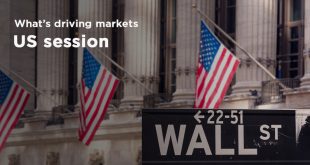The FOMC has an unenviable task of trying to guide monetary policy through a period of turbulence. The March 15-16 meeting will be essential to communicate its present action and set the monetary policy path and tone for the future.
Leaning the stance of individual policymakers will matter more than usual for the upcoming FOMC meeting. Chairman Jerome Powell has confirmed the next move now that asset purchases have ended will be a hike in interest rates, a virtual certainty at the next meeting, and that the FOMC discussion include best ways to reduce the Fed’s holdings of securities, mainly through cutting reinvestments, once interest rates have been hiked.
How to accomplish the latter is still the subject of discussion and should be settled at March meeting or at most the meeting thereafter. The implication is that the timing of reductions in the balance sheet is probably going to be sooner rather than later.
Powell stated his personal preference for a 25-basis-point increase in the fed funds target range at the March meeting, but this should not be interpreted as a promise for the actual outcome. The decision will be made by the FOMC as a whole amid geopolitical events that are developing rapidly. There may be good reasons to change direction on monetary policy, i. e. either to hold off on removing stimulus or to opt the suitable pace of taper.
There are three vacancies on the board of governors and three nominees in abeyance while Republicans and Democrats argue about the qualifications and suitability of the three candidates. The Senate Banking Committee has not issued its recommendations yet and none of the names have been put forward for a vote by the full Senate.
The board will have only 4 of 7 votes to cast on policy. Governor Michelle Bowman is open to as much as 50 basis points, as is Governor Christopher Waller. Governor Lael Brainard is probably more inclined to a smaller increase.
District bank presidents with votes in 2022 are John Williams (New York), James Bullard (St. Louis), Esther George (Kansas City), Loretta Master (Cleveland), and Patrick Harker (Philadelphia, voting as alternate for Boston). Recent comments from all of those indicate that they could support at least a 25-basis-point increase. Comments from Bullard and George suggest 50 basis points might be their preference, and Mester could belong to this camp too.
Of the 9 voters, as many as 5 could prefer a 50-basis point hike at the next meeting. Powell will have his work cut out for him to achieve consensus. I anticipate at least one dissent in the vote.
There is, however, no fresher indication of their thinking, individually or collectively. Based on currently available information, the decision at the FOMC could be unusually fraught. On the employment side of the dual mandate, all the data point to full employment and continued demand for workers with wages, despite surging, now rising somewhat more slowly.
On the price stability side, the inflation data through February suggest that the Fed needs to act aggressively to cool demand even if lifting rates doesn’t help much on the supply side. Soaring energy costs are not going to improve this outlook. The FOMC will also have in mind preserving its credibility as an inflation fighter. The spirit of Paul Volcker may well be invoked.
The decision will have to be made against a background of increased risks and uncertainty as the war in Ukraine drags on and there are disruptions in financial markets and supply chains for major commodities. Assessing how much of the global impact will be felt in the US economy is a tough call, even if the conflict ends soon, which may or may not be the case as negotiations have been difficult.
On the positive side, the Covid pandemic seems to be fading into a more manageable endemic. Variants are still emerging but as Powell as noted, successive waves are having increasingly limited impact on economic activity and individual behavior. Strains on the healthcare system are not over but could be improving.
The meeting outcome is a hard call and will be so until the last minute of the vote. There are reports coming out over the next few days that will influence policymakers’ thinking. None will be more important that the retail and food sales numbers for February on Wednesday, March 16, the day the FOMC votes.
The statement that the FOMC will be released at 14:00 ET on that Wednesday will need to be carefully crafted to balance the available data against economic developments. The next statement could well be a significant evolution from the one released on January 26. It would be no surprise if a version of forward guidance were reintroduced for the expected path of rates with caveats about the risks.
In the end what may be of most interest is the release of the FOMC’s Summary of Economic Projections (SEP). There’s potential for significant revisions in expectations for growth, employment, and inflation in the remainder of 2022 and into 2023.
The expected path of the fed funds rate could also be more aggressive. However, there may also be greater variation in the range of forecasts by individual policymakers, reflecting the greater uncertainty. Powell’s press briefing is likely to include a grilling on the forecasts where he will try to reinforce that these are estimates and, for rate projections, not hard promises for future policy.

FOMC minutes
 Noor Trends News, Technical Analysis, Educational Tools and Recommendations
Noor Trends News, Technical Analysis, Educational Tools and Recommendations




